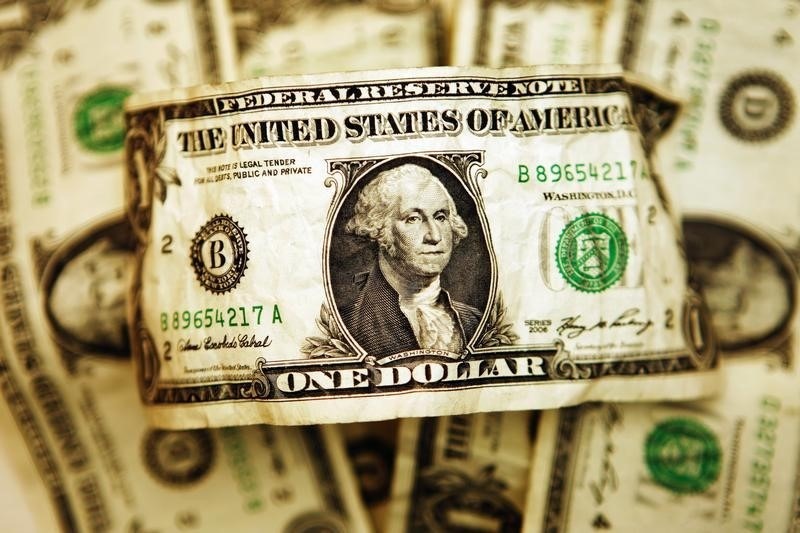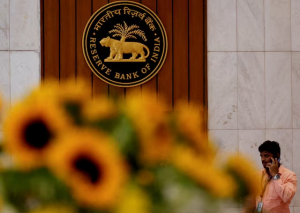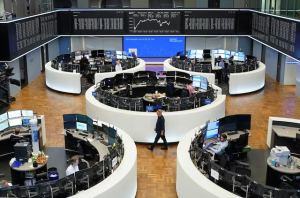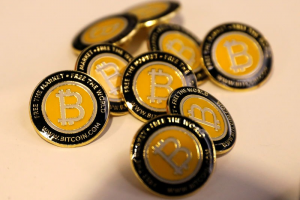Most Asian currencies weakened on Monday, while the dollar firmed after the U.S. over the weekend attacked three key nuclear facilities in Iran, putting markets on edge over Tehran’s response.
The greenback benefited chiefly from increased safe haven demand, with other havens such as gold and the Japanese yen losing ground.
Asian currencies were also nursing some losses from last week, following hawkish signals from the Federal Reserve. A slew of Fed officials are set to speak in the coming days, potentially offering up more cues on the path of interest rates.
Fed Chair Jerome Powell will testify before Congress on Tuesday and Wednesday.
Regional currencies also largely weakened past strong economic prints from Australia and Japan.
Dollar gains, Asia FX weakens after US-Iran attack The dollar index and dollar index futures both rose 0.3% each in Asian trade, extending mild gains from the prior week.
The greenback was buoyed chiefly by safe haven demand, as traders waited to see just how Tehran will respond to the attacks. U.S. President Donald Trump claimed that the attacks had wiped out Iran’s nuclear facilities, essentially quashing the country’s nuclear ambitions.
Trump had claimed that Iran was building a nuclear weapon, while Tehran had repeatedly asserted that this was not the case.
Iranian media reports said that the country was now planning to block the Strait of Hormuz as retaliation for the attacks. Such a move stands to greatly disrupt oil supplies to swathes of Asia and Europe, which could in turn spur economic disruptions.
Oil prices shot up after the attack, driving up concerns that high energy prices could fuel stickier inflation.
This fueled a risk-averse trade in Asia. The Chinese yuan’s USDCNY pair rose 0.1%, while the Singapore dollar’s USDSGD pair rose 0.2%. China “strongly condemned” the U.S. attack and called on Israel to reach a ceasefire.
The South Korean won’s USDKRW pair surged 0.7%, while the Indian rupee’s USDINR pair rose 0.2%.
Australian dollar, Japanese yen fall past upbeat PMIs The Australian dollar’s AUDUSD pair slid 0.7%, even as PMI data showed sustained growth in manufacturing and services activity in June.
The PMI print reflected some resilience in the Australian economy, especially amid a recovery in private consumption in the country.
The Japanese yen’s USDJPY pair rose 0.5%, with the currency seeing little safe haven demand.
PMI data showed Japan’s manufacturing sector grew for the first time in 11 months in June, while service sector growth accelerated on improving consumer spending in the country.













